Pest-Proofing Beyond Mice and Ants: How to Keep Your Cabin Safe from Bats, Wasps, Rodents—Even Bears

When it comes to cabin maintenance, most guides talk about mice and ants. But if you've spent more than one season in a cabin, you know those aren't the only unwanted guests knocking at your door. Think bigger (and sometimes scarier): wasps building nests under your eaves, bats roosting in your rafters, squirrels gnawing through your soffits, and yes—bears sniffing around your porch.
Here's how to protect your cabin from the full range of wilderness invaders, using smart, humane, and long-lasting methods.
1. Seal Up the Usual Suspects—And the Sneaky Ones Too
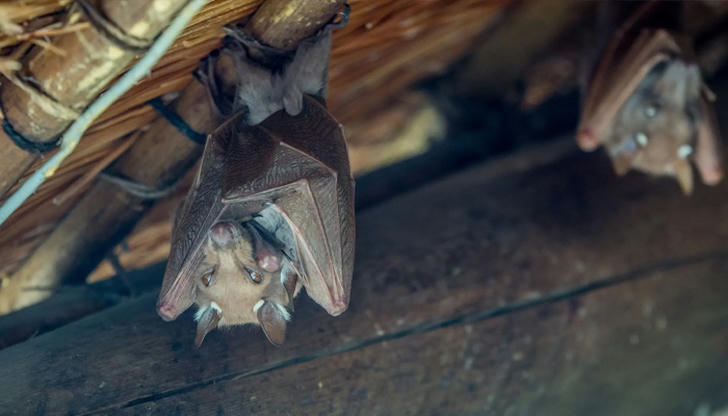
Let's start with the basics: your cabin's structure. Small gaps may not look like much to you, but for bats and rodents, they're wide open invitations.
Eaves & Soffits: Inspect these areas for any loose boards or gaps larger than ¼ inch. Use heavy-duty caulk or expanding foam to seal small gaps. For larger holes, cover with ¼ inch hardware cloth—not chicken wire, which most rodents can chew through.
Chimneys: A favorite access point for bats, squirrels, and even birds. Install a spark arrestor chimney cap with a stainless steel mesh. It keeps pests out and reduces wildfire risk.
Crawl Spaces & Vents: Use galvanized mesh to screen off foundation vents or crawl space openings. Make sure air still flows but critters can't sneak in. Inspect seasonally for signs of digging or chewing.
Roofline: Flashing and fascia boards are often weak points. Check for warping or moisture damage—rodents love to exploit soft wood.
🛠 Pro Tip: Do a perimeter walk at dusk with a flashlight. If you can see light coming through from inside the cabin, so can the critters.
2. Don't Invite Trouble: Smell-Proof Your Cabin
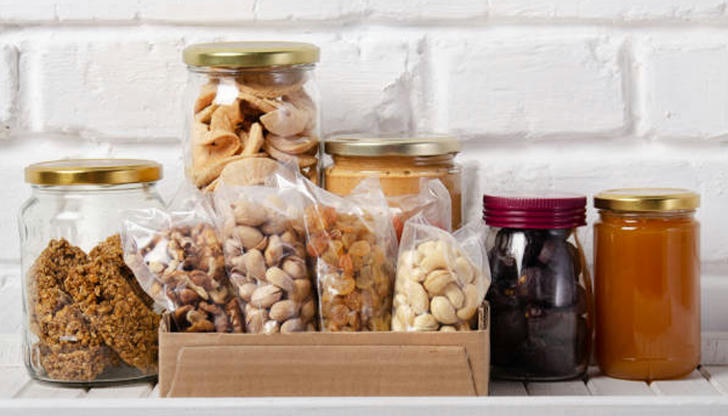
Cabins often store snacks, pet food, or trash—all of which attract animals big and small. The goal is to eliminate any scent trails that lead animals straight to your doors.
No Food Left Behind: Store food (even dry goods) in airtight containers, preferably metal or thick plastic. Bears have been known to rip open doors for granola bars.
Trash Rules: Use bear-proof bins if available in your area. Never leave full bags outside overnight—even in cold weather.
Pet Food & Birdseed: Keep it indoors in sealed bins. Never leave pet bowls on the porch.
🧼 Cabin Smells Like Home? Bad News. Many animals are drawn to human scent. Air out your cabin regularly, and use vinegar-based natural cleaners to neutralize odors.
3. Handle Wasps and Hornets the Right Way
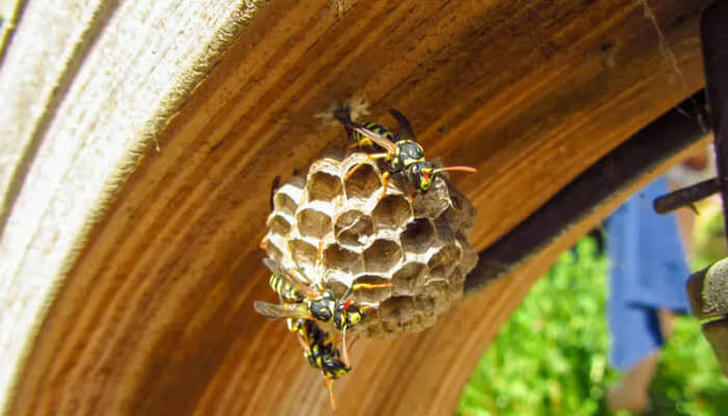
Under the porch, in your shutters, behind your light fixtures—wasps love building nests in those hard-to-reach spots.
Inspection Season: Early Spring: Walk around your cabin once temps hit 50°F. Look for early nest formation (usually golf-ball sized). Knock them down safely before they grow.
Repellents: Clove, geranium, and lemongrass oils (mixed with water) can be sprayed around eaves and windowsills as a natural deterrent. Avoid toxic sprays that can linger in the environment.
Decoy Nests: Surprisingly effective. Hanging a fake wasp nest can deter real wasps, who avoid invading another colony's turf.
Never Swat and Hope: If you find an active large nest, especially involving hornets, call a professional. DIY removals can go very wrong.
4. Bats: Harmless but Messy Guests
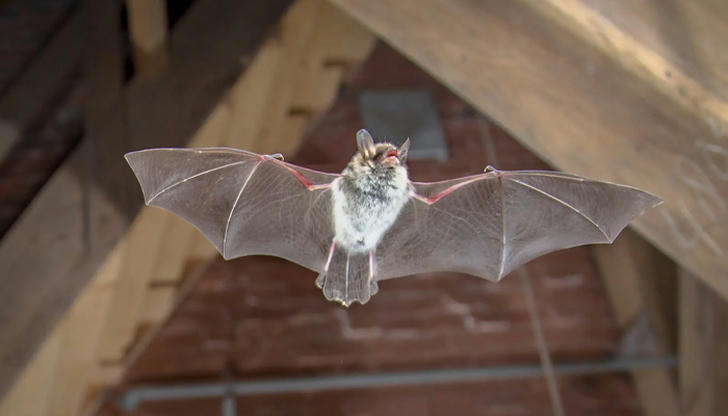
Bats aren't aggressive, but their guano (droppings) can pose health risks. They often sneak in through loose flashing or roof gaps.
Bat-Proofing Timing: Avoid sealing bat entries between May and August—this is when baby bats can get trapped inside. Wait until late summer or fall.
One-Way Exits: Install a bat valve or one-way exclusion tube. This lets bats leave but prevents re-entry. Once they're gone, seal the gaps for good.
🦇 Watch the Sky: At dusk, stand outside and watch for exit points. Bats are creatures of habit and will usually use the same opening.
5. Rodents That Climb, Chew, and Squeeze
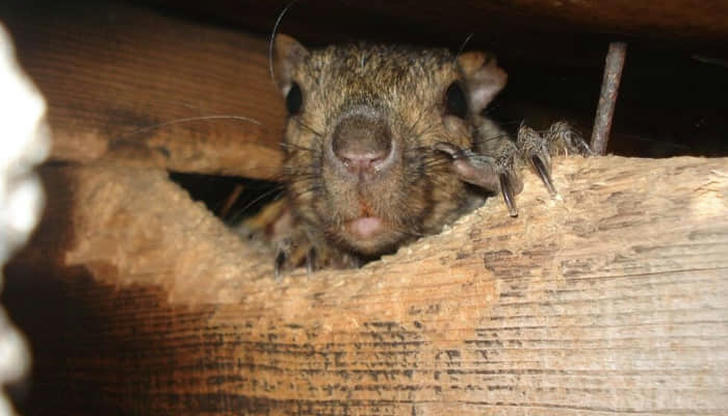
Mice are just the beginning. Squirrels, chipmunks, and even raccoons will tear into insulation, wiring, and food supplies.
Trim Back Trees: Keep all branches at least 6–8 feet from your roof. Squirrels love to leap onto eaves.
Use Taste Deterrents: Spray peppermint oil or capsaicin-based repellents along known gnaw points. Reapply after heavy rain.
Sound & Motion Deterrents: Solar-powered ultrasonic repellents or motion-triggered lights can startle animals into staying away.
🐿 Set and Forget Doesn't Work: Traps are only part of the plan. Long-term success depends on sealing and deterrents.
6. The Big Guys: Bear-Proofing Basics
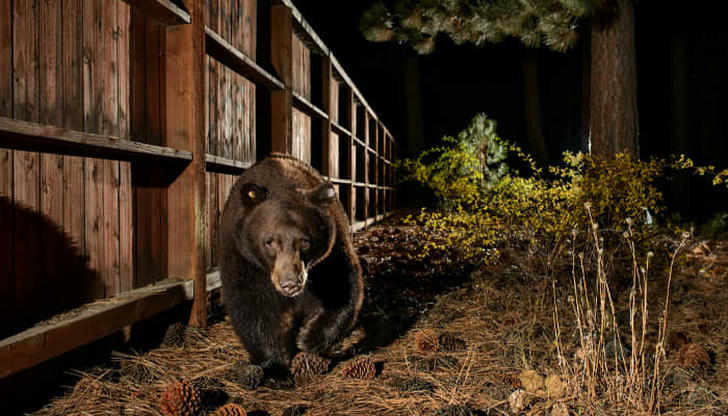
If your cabin is in bear country, you already know they're smart, strong, and have incredible noses. Prevention is the only real "defense."
No Scent, No Visit: Double-bag trash, clean your grill thoroughly, and never store food or trash under the porch.
Remove Temptations: Don't hang bird feeders between April and October. Bears treat them like trail mix dispensers.
Upgrade Doors: Solid-core doors and deadbolts are worth the investment. Bears can tear off flimsy doors like cardboard.
🐻 Bear Alarm? In remote cabins, motion-sensing lights and noise deterrents (like airhorns or even Bluetooth speaker alarms) can discourage nighttime visits.
Final Thoughts: Seasonal Checks are Your Best Weapon
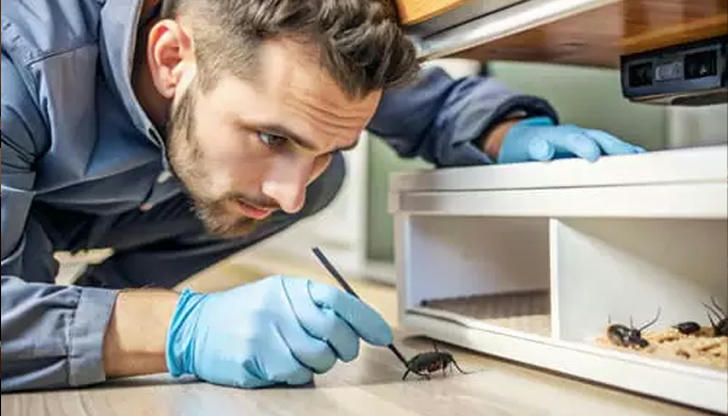
Most pest problems don't start overnight—they build slowly. Get into the habit of doing quarterly inspections inside and out. Keep a checklist of potential entry points, and review them at the start and end of each season.
Pest-proofing isn't a one-and-done task. But with smart strategies, natural deterrents, and a bit of DIY vigilance, you can enjoy your cabin in peace—no buzzing, scurrying, or scratching involved.
